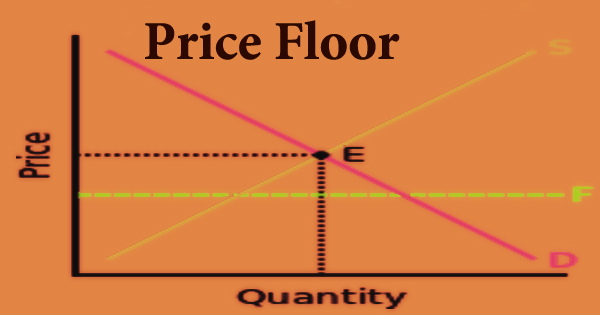AI language models have shown the potential to assist in the diagnosis and management of mental illnesses like schizophrenia. Schizophrenia is a complex and difficult condition to diagnose because it is typically based on clinical tests and assessments performed by mental health specialists.
Scientists at the University College London Institute of Neurology have created new tools based on AI language models that may identify tiny signs in the speech of individuals with schizophrenia.
The study, published in PNAS, seeks to explore how automated language analysis may assist clinicians and scientists in diagnosing and assessing psychiatric illnesses. Currently, mental diagnosis is nearly exclusively reliant on conversations with patients and people close to them, with blood tests and brain scans playing only a minor role. This lack of clarity, however, precludes a more comprehensive understanding of the causes of mental disease and the monitoring of treatment.
The researchers invited 26 participants with schizophrenia and 26 control participants to complete two verbal fluency tasks in which they were asked to name as many words as they could, either from the category “animals” or beginning with the letter “p,” in five minutes.
The automatic analysis of language has been out of reach of doctors and scientists. However, with the advent of artificial intelligence (AI) language models such as ChatGPT, this situation is changing. This work shows the potential of applying AI language models to psychiatry – a medical field intimately related to language and meaning.
Dr Matthew Nour
The scientists utilized an AI language model that has been trained on enormous quantities of internet material to represent the meaning of words in a comparable fashion to humans to analyze the answers supplied by participants. They investigated whether the AI model could predict the phrases that people spontaneously recalled and whether this predictability was impaired in patients with schizophrenia.
They discovered that the AI model predicted more answers given by control participants than those supplied by those with schizophrenia and that this difference was greatest in patients with more severe symptoms.
The researchers think that this difference might have to do with the way the brain learns relationships between memories and ideas, and stores this information in so-called ‘cognitive maps’. They find support for this theory in a second part of the same study where the authors used brain scanning to measure brain activity in parts of the brain involved in learning and storing these ‘cognitive maps’.

Lead author, Dr Matthew Nour (UCL Queen Square Institute of Neurology and University of Oxford), said: “Until very recently, the automatic analysis of language has been out of reach of doctors and scientists. However, with the advent of artificial intelligence (AI) language models such as ChatGPT, this situation is changing.
“This work shows the potential of applying AI language models to psychiatry – a medical field intimately related to language and meaning.”
Schizophrenia is a debilitating and common psychiatric disorder that affects around 24 million people worldwide and over 685,000 people in the UK. According to the NHS, symptoms of the condition may include hallucinations, delusions, confused thoughts, and changes in behavior.
The researchers from UCL and Oxford intend to test this technique on a wider sample of patients in more diverse speech settings to see if it might be effective in the clinic.
“We are entering a very exciting time in neuroscience and mental health research,” stated Dr. Nour. We are beginning to understand how meaning is created in the brain and how this may go wrong in psychiatric diseases by merging cutting-edge AI language models and brain scanning technology. There is a lot of excitement about applying AI language models in medicine. If these technologies prove to be safe and durable, I expect them to be used in clinics within the next decade.”
















